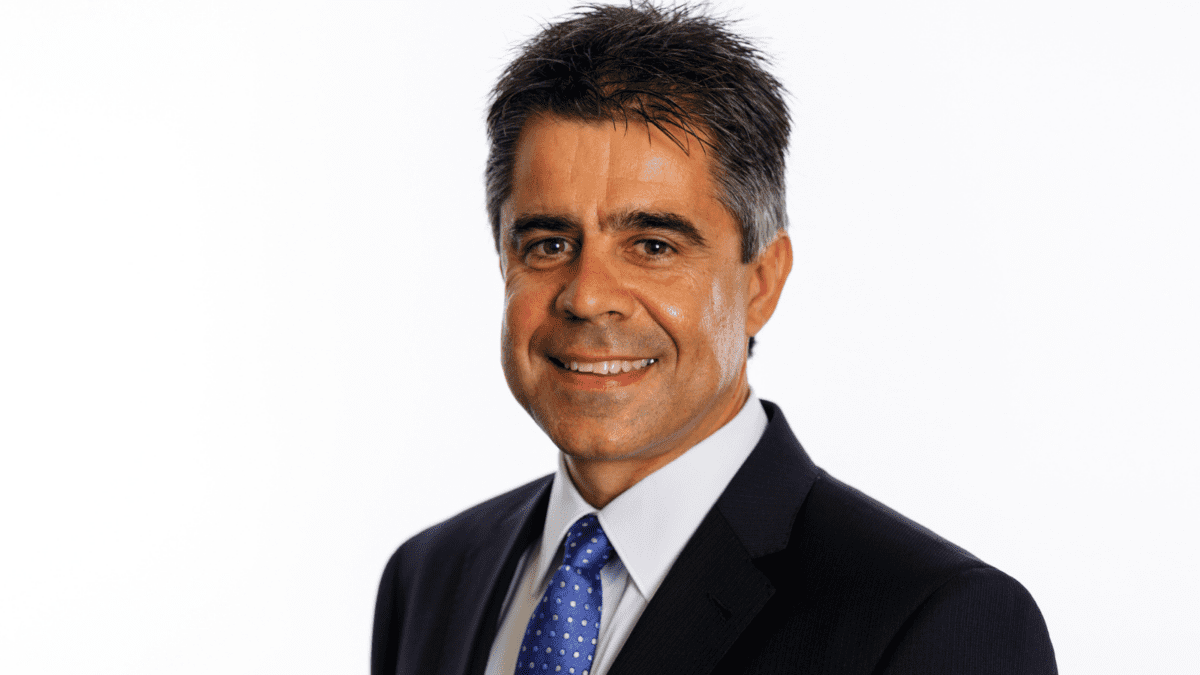Forced withdrawals, higher tax rates proposed in super shakeup
Global consulting firm Mercer has joined a growing chorus of experts suggesting the Australian superannuation system should be means-tested retrospectively. In a recent white paper, Mercer echoed the views of the Australian Institution of Superannuation Trustees (AIST), which suggests that those with superannuation balances over $5 million are causing an “inequitable” and “unsustainable” system.
In a recent report, the consultant suggests that new laws should be put in place that compel retirees to spend their retirement savings, rather than letting them accumulate in the tax-effective superannuation environment. Commenting on the proposed $5 million cap, Mercer says that this amount is “clearly in excess of the amount required for the vast majority of Australians to maintain their standard of living.”
With an election coming up shortly, and the likes of Super Consumers and the SMSF Association echoing some of these views, it will be interesting to see if either politically party picks up and runs with this policy given it tests both the retrospectivity of implementation, but also challenges the entrepreneurism that drives people to create wealth for themselves.
According to Mercer’s analysis, some 11,000 individuals have “excessive” superannuation balances, with a $10 million fund able to pay for three full Age Pensions each year just in the tax concessions it could receive. The solution is to put in place rules that force these balances to be reduced to less than $5 million by the age of 70 or 75 years of age.
Unintended consequences may well be the story of all legislation that concerns super and financial markets, with Mercer highlighting the growing balances in super above the $1.7 million pension cap. The implementation of this cap reduced the amount of capital investors could have in zero-tax pension phase, but also removed this part of the balance from the minimum annual drawdown calculation. That is, one’s 4 per cent annual drawdown on a $5 million fund applies only to the $1.7 million in pension phase; so, more money than ever is staying within the super environment.
There is obviously never any simple solution without consequences, but it must be considered whether this is another SMSF vs. APRA-regulated fund story, given the majority of those with super balances exceeding $5 million are not invested via an industry fund, but rather, an SMSF.
The big question, of course, is who are the owners of these funds? These people would have to have complied with all laws to shift such large balances into super, or alternatively, they were lucky enough to have bought some of Australia’s best companies in the early days. The issue with blanket caps is that they will impact everyone in the same way. Similarly, the question becomes – what is an “appropriate” super balance? And who has the right to determine this?










